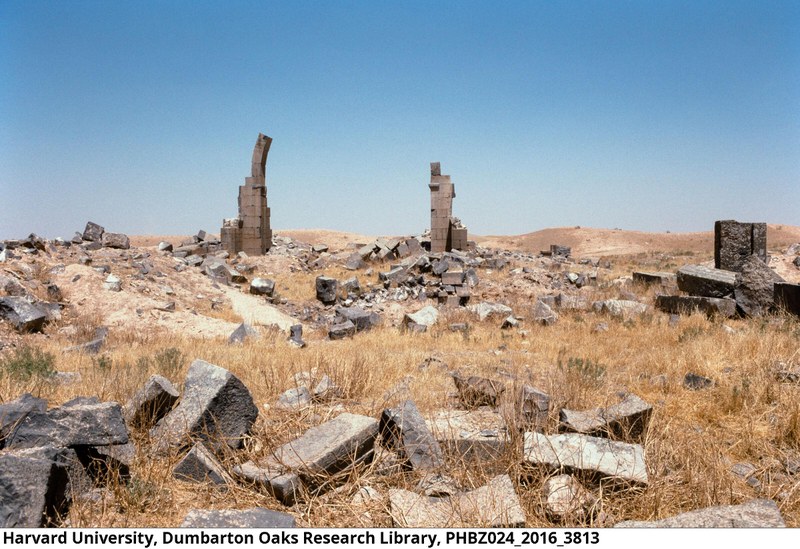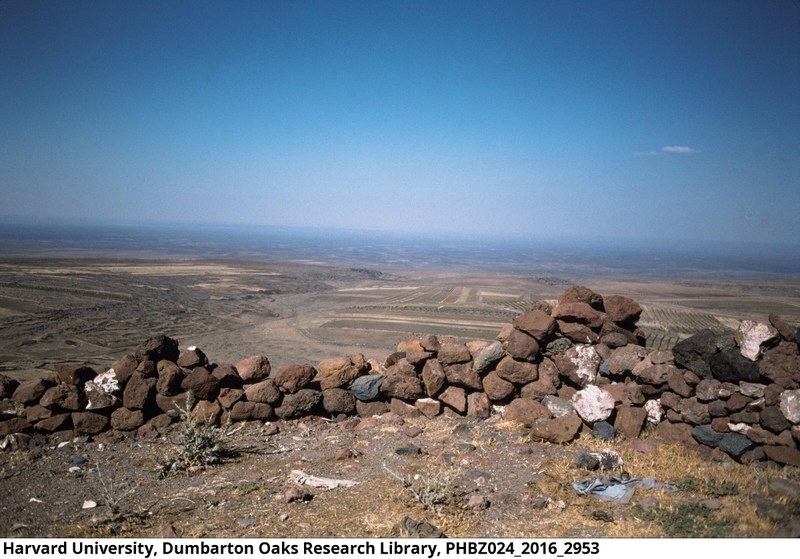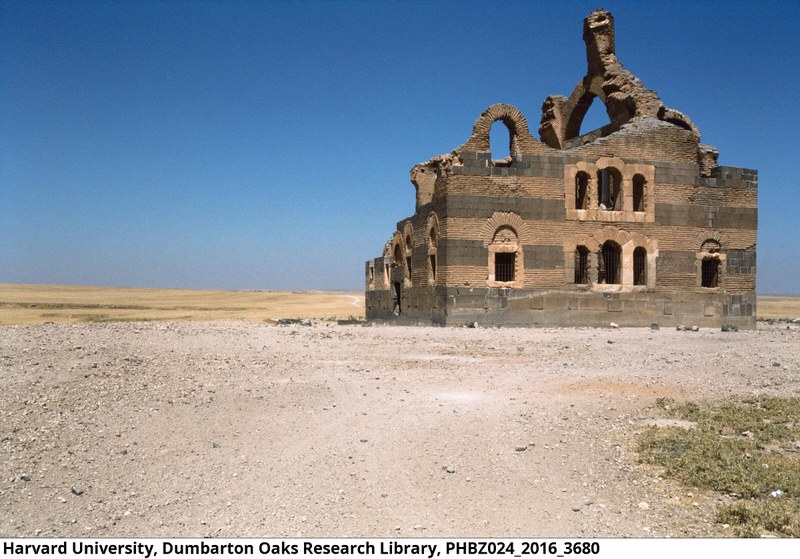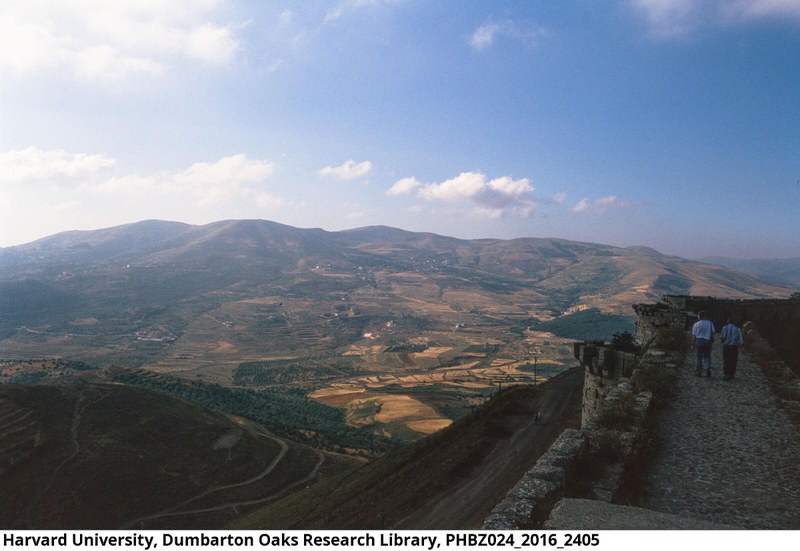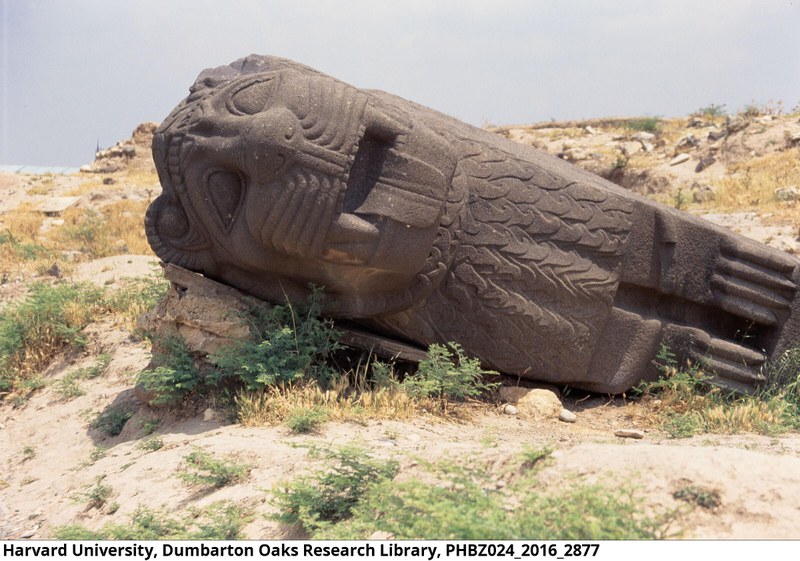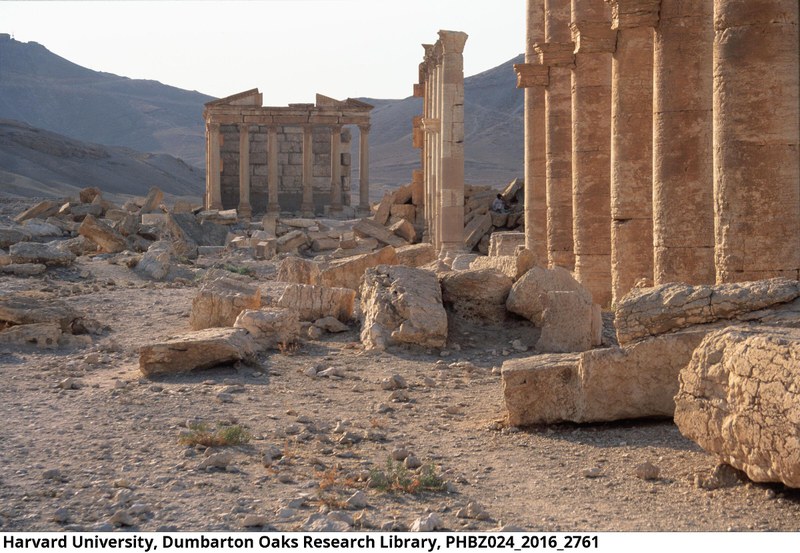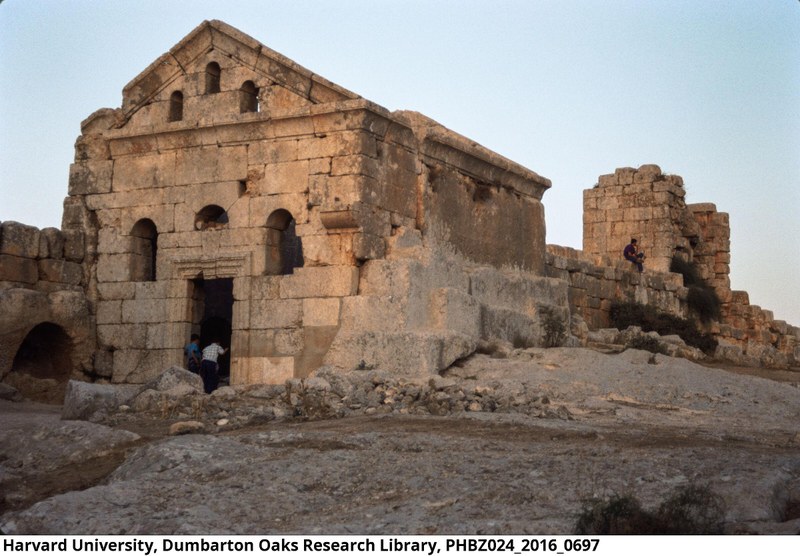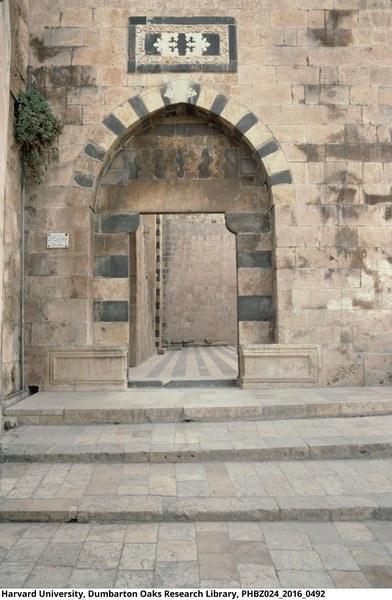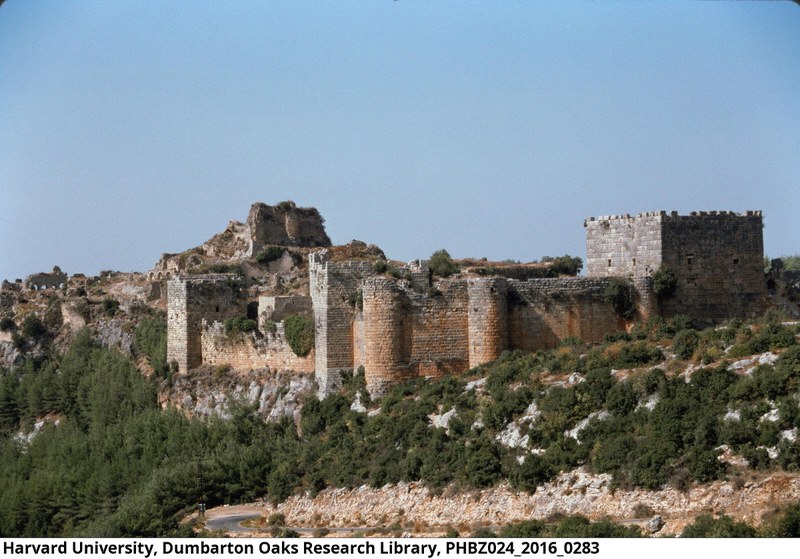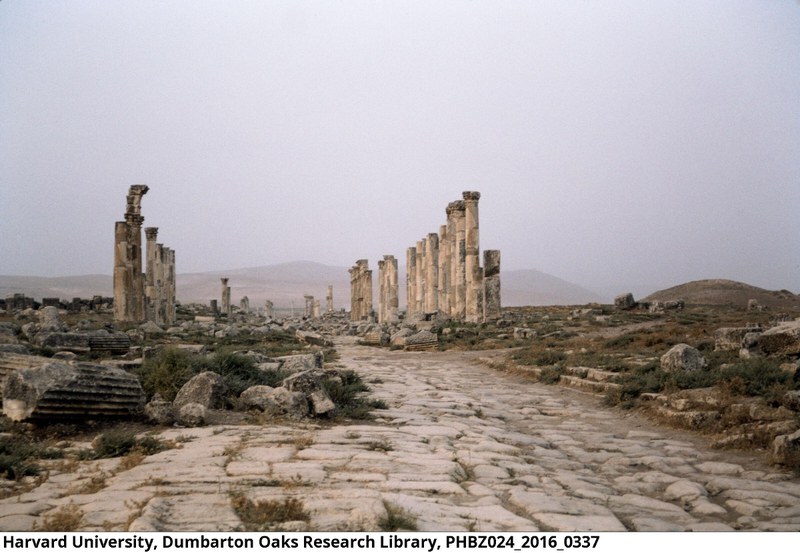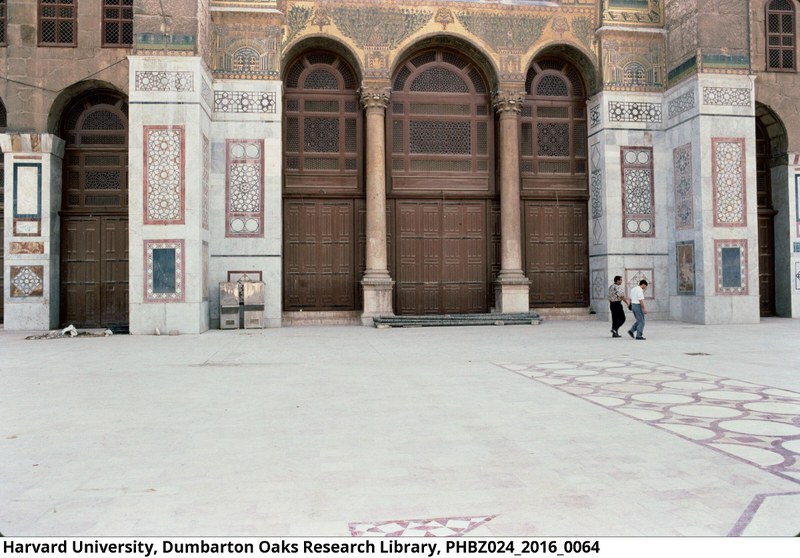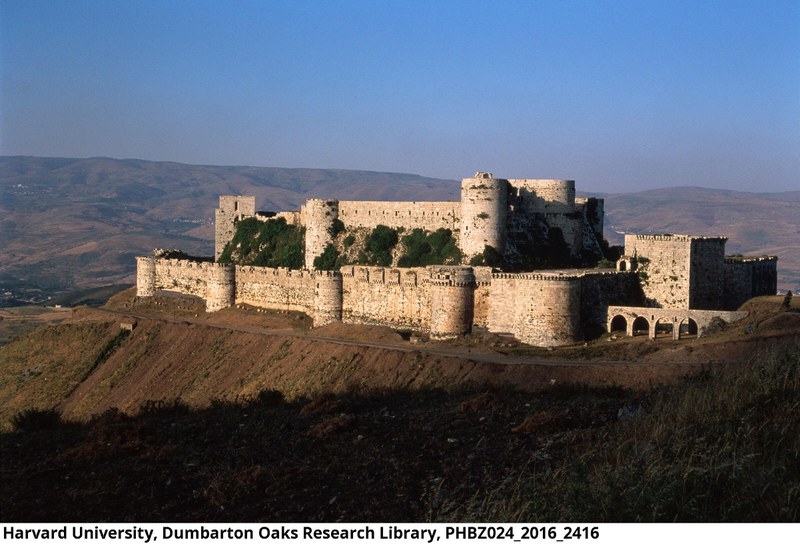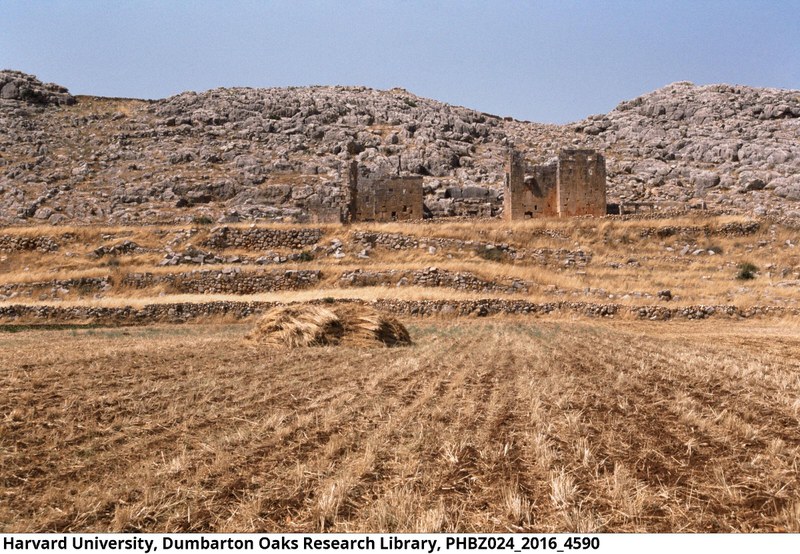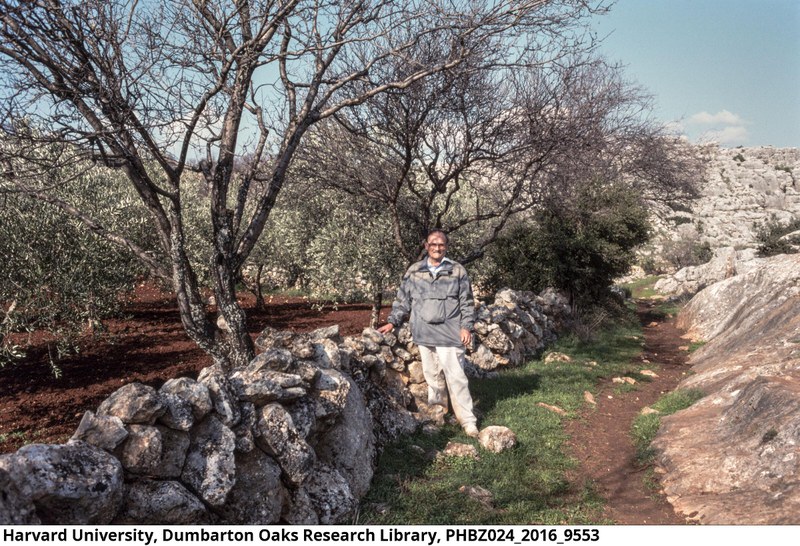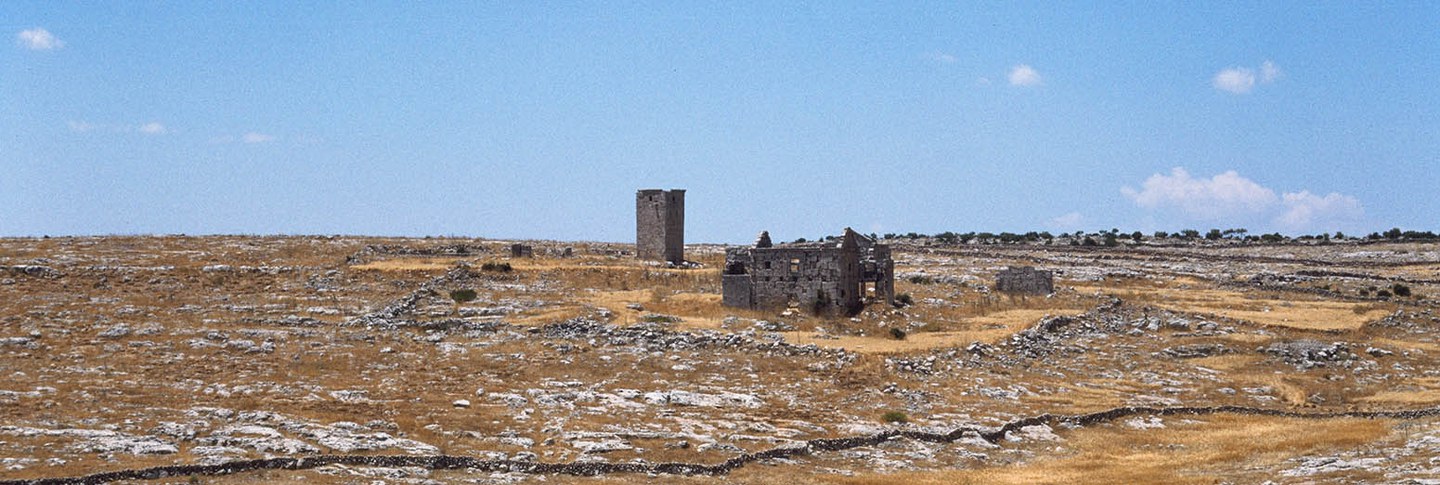
Cultural Heritage of Syria Through Photographs
Syria was an integral part of the first urban civilizations that began to appear around the Euphrates and Tigris rivers ca. 3,500 BCE. Two millennia later, the Phoenicians, based along Syria’s Mediterranean coastline, arose as a major power. But it was the arrival of the Roman General Pompey in 64 BCE that placed Syria firmly in the sphere of a burgeoning imperial power. By the fourth century CE, Roman Syria (i.e., Byzantine Syria) also became an important center of the growing Christian religion, wherein some of the Church’s most notable theologians and monastics came to prominence. Roman rule in Syria came to an abrupt end in the 630s CE, as advancing armies under the banner of Islam took control after the Battle of Yarmouk. Under several Islamic caliphates, Damascus would emerge as an important center of socio-political power.
The coming of western European Crusaders in the late eleventh century challenged the political hegemony of Islam. The First Crusade occurred between 1096-1099 CE, and the Crusader presence, especially along the coastline of Syria and Lebanon, would endure until the late thirteenth century. Following the Crusaders, the Mamluks of Egypt held sway in Syria until the arrival of the Ottomans in 1516. The Ottoman Empire would control Syria until the end of World War I, when control passed to the French colonial empire. Syria would eventually emerge from colonial French rule as an independent nation in 1950.
In addition to a photographic record of Syria’s cultural heritage, Frank Kidner recorded and photographed members of his traveling party and Syrian locals. The country was home to numerous ethnic and religious groups, whose heritage in Syria is reflected in the sites Kidner visited. In addition, Kidner took many photographs of the local landscape and flora that help to paint a vivid picture of the country. The Kidner collections takes on additional importance within the context of the on-going Syrian Civil War (2013-present). Many of the sites that professor Kidner photographed are damaged or destroyed, especially in the areas of Aleppo, Raqqa, and Palmyra. While the Kidner collection is not an exhaustive record of Syria’s immense archaeological record and cultural heritage, it is hoped that the photographs go some way towards documenting Syria’s crucial role in the wider narrative of human history.
